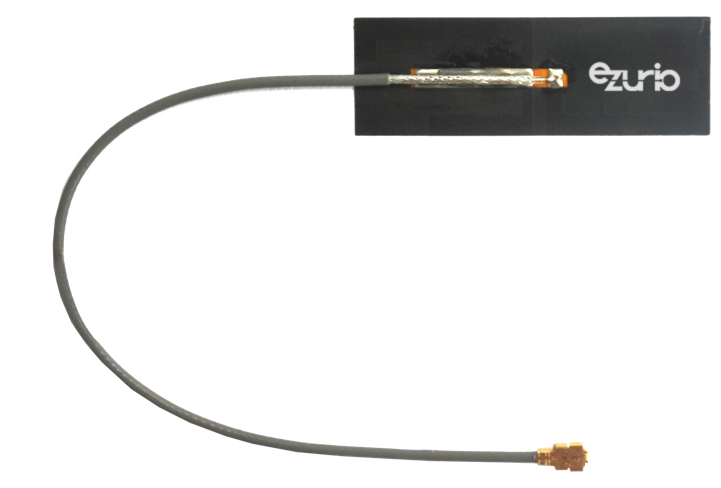
6 GHz – Future-Ready for Wi-Fi Demands
Ever since its first implementation, Wi-Fi has grown to support greater data usage, more concurrent devices, and more data-intensive utilization. Driven by consumer demand and use in all industries and business applications, the Wi-Fi specification has continuously evolved to support higher data rates, more efficient spectrum sharing, more inputs and outputs, and support for priority devices. But the addition of the 6 GHz band marks the first significant spectrum expansion in decades that will be broadly targeted to personal and enterprise users alike.
In our previous blog post on The Value of Wi-Fi study commissioned by the Wi-Fi Alliance, one of the emerging trends exposed in the future of Wi-Fi is a demand for bandwidth. A continued increase in high-throughput use cases like video streaming, virtual reality, telepresence, and other applications means more and more data will be routed through Wi-Fi networks. Public Wi-Fi access will continue to offload traffic that previously rested on cellular and LTE networks.
Wi-Fi 6E and the available increase in spectrum will prove critical to that expansion in the places that 6E is made available. A tremendous number of devices have been added to the Wi-Fi ecosystem as it has grown, leading Wi-Fi to develop new ways to share spectrum and prioritize device traffic. The higher frequency 6 GHz band and broad range of spectrum will make it easier for devices to share the network, moving high-throughput connections to less congested channels and reducing the overall load on the network.
 Laird Connectivity is now Ezurio
Laird Connectivity is now Ezurio